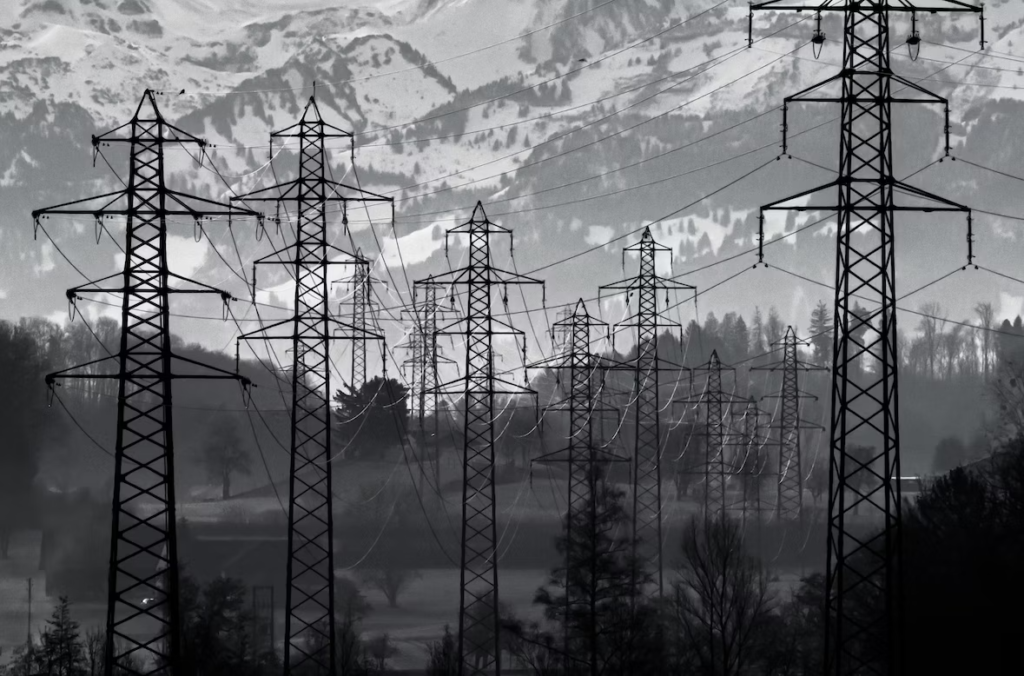Menu
Menu

Updated on Jul 21, 2023 | 5 min read
Conclusion
The transformation of transportation through the adoption of EVs offers numerous environmental and economic benefits, but it also presents challenges that need to be addressed. The National Grid stands at the crossroads of this evolution, poised to either stumble or stride confidently towards success.
To ensure the success of the National Grid in accommodating the evolving EV landscape, a multi-pronged approach is required. Infrastructure upgrades, demand management strategies, grid reliability enhancements, and smart technology integration must be pursued vigorously. By embracing these challenges as opportunities, the National Grid can not only accommodate the changing energy landscape but also lead the way in building a more resilient, sustainable, and efficient energy ecosystem.
As we drive towards a future powered by electric mobility, collaboration, innovation, and forward-thinking will be the fuel that propels both the National Grid and the EV ecosystem to a brighter and cleaner future.
Talk to our expert about EV Charging, kindly fill in the details below.

Content Writer
© 2024 Massive Mobility Private Limited. All rights Reserved